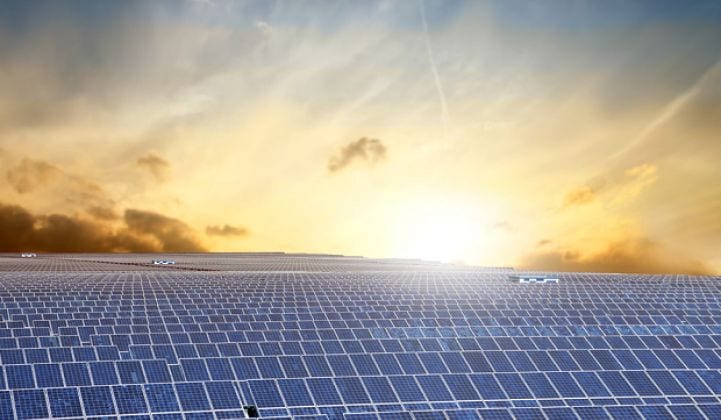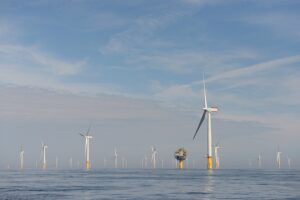The total combined capacity of wind and solar energy surpassed the historic 1 TW milestone by the end of June, according to new figures from Bloomberg New Energy Finance, well surpassing analyst expectations.
Bloomberg New Energy Finance (BNEF) published the news this week based on their up-to-the-date database of renewable energy projects, revealing that by the end of June there was a total of 1,013 GW worth of combined wind and solar capacity around the world.
Written another way, that’s 1 million MW, or a billion kW. Hence the trillion watts, or terawatt.
According to BNEF, the milestone was passed not long before the end of the month and is split evenly between wind and solar, with the former accounting for 54% and the latter accounting for 46%.
Noteworthy is the accuracy of BNEF’s predictions, going back five years to their 2013 Global Renewable Energy Market Outlook which forecast wind and solar capacity totalling 856 GW by the end of 2017 and nearing the 1 TW mark by the end of 2018. The reality wasn’t far off, with total combined capacity at the end of 2017 hitting 945 GW and, obviously, the 1 TW mark falling halfway through 2018.
The pace of growth for the combined wind and solar industries has been astonishing. Since the year 2000, total installed capacity has grown 65-fold and more than quadrupled since 2010. The pace of growth is even more impressive when we narrow our focus to the solar PV industry alone.
In 2007 the solar PV industry could only boast 8 GW worth of installed capacity and accounting for only 8%, compared to the wind industry’s 89 GW. Fast-forward a decade and we see that the solar PV industry grew 57-fold and now accounts for 46% of combined total capacity.
Achieving these levels of growth and development obviously required a substantial level of investment – to the tune of $2.3 trillion, according to BNEF.
However, looking forward, Bloomberg point out that the level of investment necessary to achieve the next terawatt won’t be anywhere near the same level thanks to the level of technological innovation and subsequent declines in cost.











